Description
£25.00 +VAT
Learn how to put on, use and maintain Respiratory Protective Equipment (RPE) to ensure safety and compliance. Our RPE training is an awareness level course that explains the fundamentals of RPE and how to choose the right RPE for the wearer and environment. Users learn about the types of RPE, when they’re effective and how to fit them correctly to ensure worker safety and compliance with the Control of Substances Hazardous to Health Regulations.
Course Details:
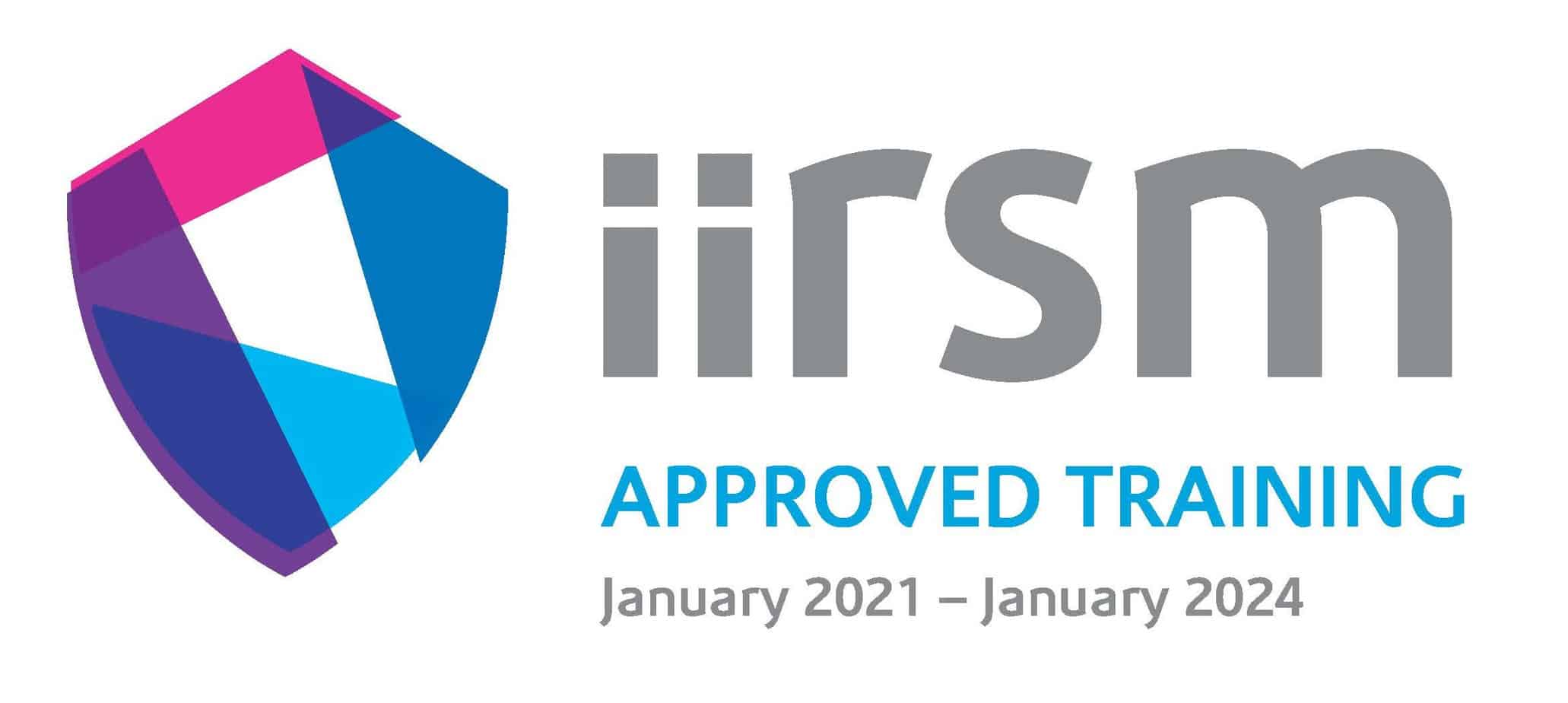


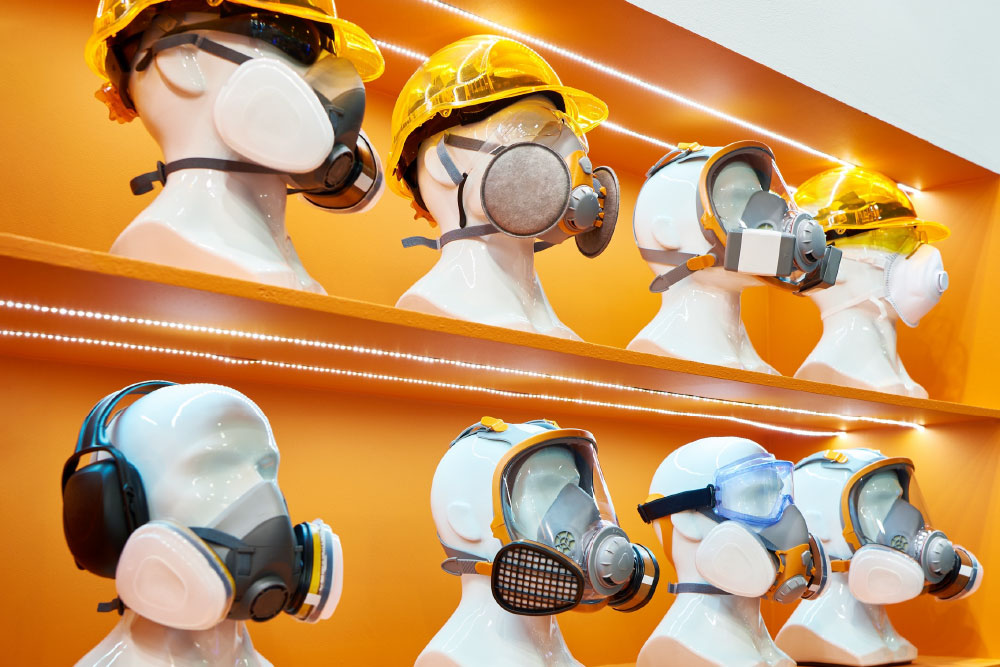
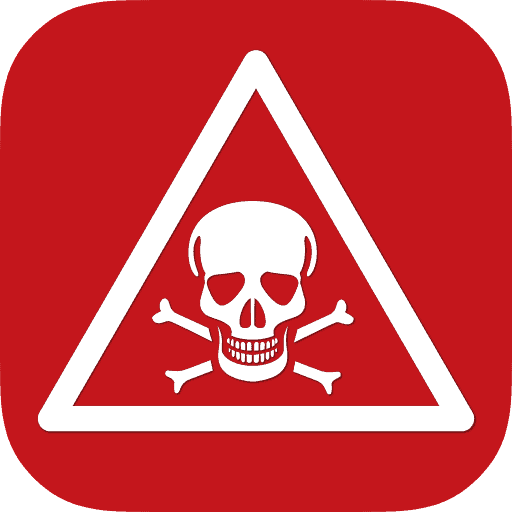
Respiratory Protective Equipment (RPE)
£25.00 +VAT
| Courses | Price per Course |
|---|---|
| 1 - 14 | £25.00 |
| 15 - 24 | £22.00 |
| 25 - 34 | £20.00 |
| 35 - 44 | £18.00 |
| 45 - 59 | £15.00 |
| 60 - 69 | £14.00 |
| 70 - 89 | £12.00 |
| 90 - 99 | £10.00 |
| 100 - 200 | £9.50 |
Description
This course includes the following sections:
Explains what RPE is, its purpose and when it’s needed.
Explores how RPE protects against airborne contaminants like dust, fumes, mists, gases and vapours and explains the health risks of inhaling these substances.
Looks at three types of RPE and the different work scenarios they’re essential for.
Explains the main components of RPE so users can correctly use and maintain equipment.
Examines the factors that affect RPE performance and what wearers must do to maintain its effectiveness.
Discusses the legal duties and responsibilities of employers and employees surrounding RPE.
Workers in various industries, including as construction, manufacturing, food, pharmaceuticals and chemicals, are at risk of inhaling airborne contaminants. If proper precautions aren’t taken, these contaminants can cause long-term or fatal respiratory conditions such as asthma, pneumonia, chronic obstructive pulmonary disease (COPD) and lung cancer.
Respiratory Protective Equipment (RPE) protects workers against these conditions and prevents them from breathing in harmful substances. However, wearing RPE is no guarantee of safety. Workers must use, maintain and fit the equipment correctly to ensure its effectiveness.
Our RPE training provides the necessary knowledge and skills to correctly select, use and maintain RPE. Trainees learn when RPE is necessary and how to avoid errors or equipment faults that compromise safety. Workers will understand how to comply with legislation and use RPE to protect against airborne contaminants in their workplace.
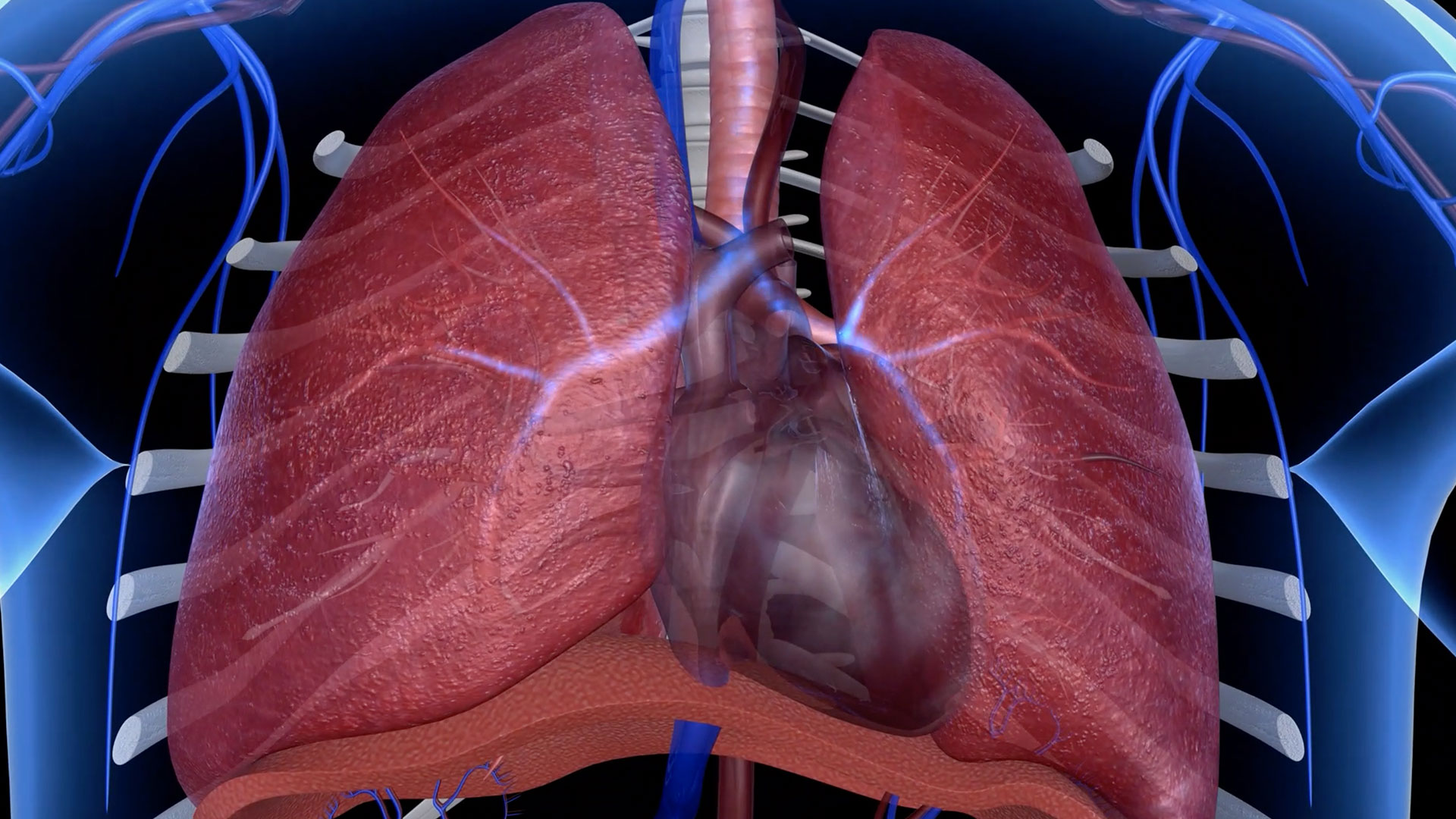
12,000 workers die every year in the UK due to work-related lung diseases.
HSE document HSG53 states that all people involved in the selection, use, storage and maintenance of RPE must receive training.
This RPE training course covers these legal duties and explains how to use and look after RPE properly.
RPE training covers types, components and functions of RPE so workers can safely use and maintain it. It also examines factors that undermine RPE’s effectiveness to help users identify and avoid these faults. Trainees can ensure the safe use of RPE in the workplace, control the risk of exposure to hazardous substances and comply with relevant health and safety regulations.
The course explains:
Employers have a legal duty to protect workers when air quality cannot be guaranteed. To do this, they must:
These duties are reinforced by several pieces of legislation, including:
Failure to comply with these regulations risks workers’ health and safety and may result in legal consequences such as fines, disqualification or imprisonment.
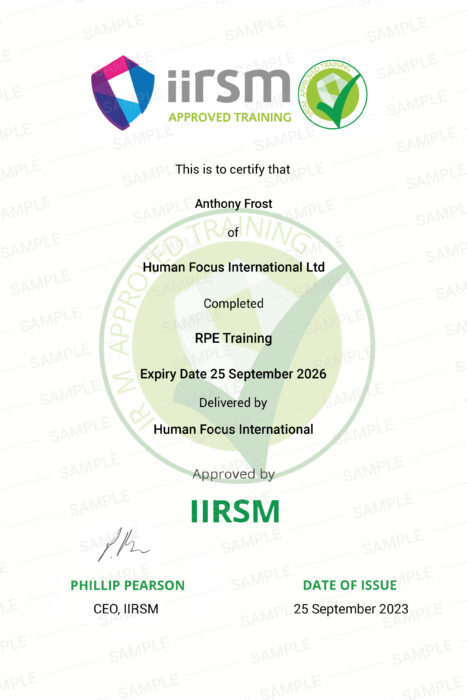
Users must complete an assessment before earning their certification.
The end-of-course test is:
A score of 80% is required to pass.
The RPE Training course certificate includes the trainee’s name, company name, course name, date of completion, expiry date and name of the approval body.
The IIRSM-approved certificate will be available for download and printing instantly upon course completion.

Respiratory Protective Equipment (RPE) training explains how to correctly select, use and maintain RPE to prevent the inhalation of hazardous airborne substances. It covers essential topics such as the types and components of RPE, how to fit the equipment, and relevant legislation.
RPE Training is suitable for you if you’re an RPE user or responsible for selecting and maintaining Respiratory Protective Equipment for others. This includes:
RPE prevents you from breathing in harmful particles, such as dust, fumes, gases and vapours. Inhalation of these contaminants can lead to severe respiratory conditions like asthma, chronic obstructive pulmonary disease (COPD), pneumonia, silicosis, asbestosis and even lung cancer.
Yes. You must use RPE suited to you, your work environment, duration of exposure and the type and concentration of airborne contaminants present.
You must check all RPE before every use. For more thorough inspections and maintenance, the HSE recommends you follow the manufacturer’s guidance.